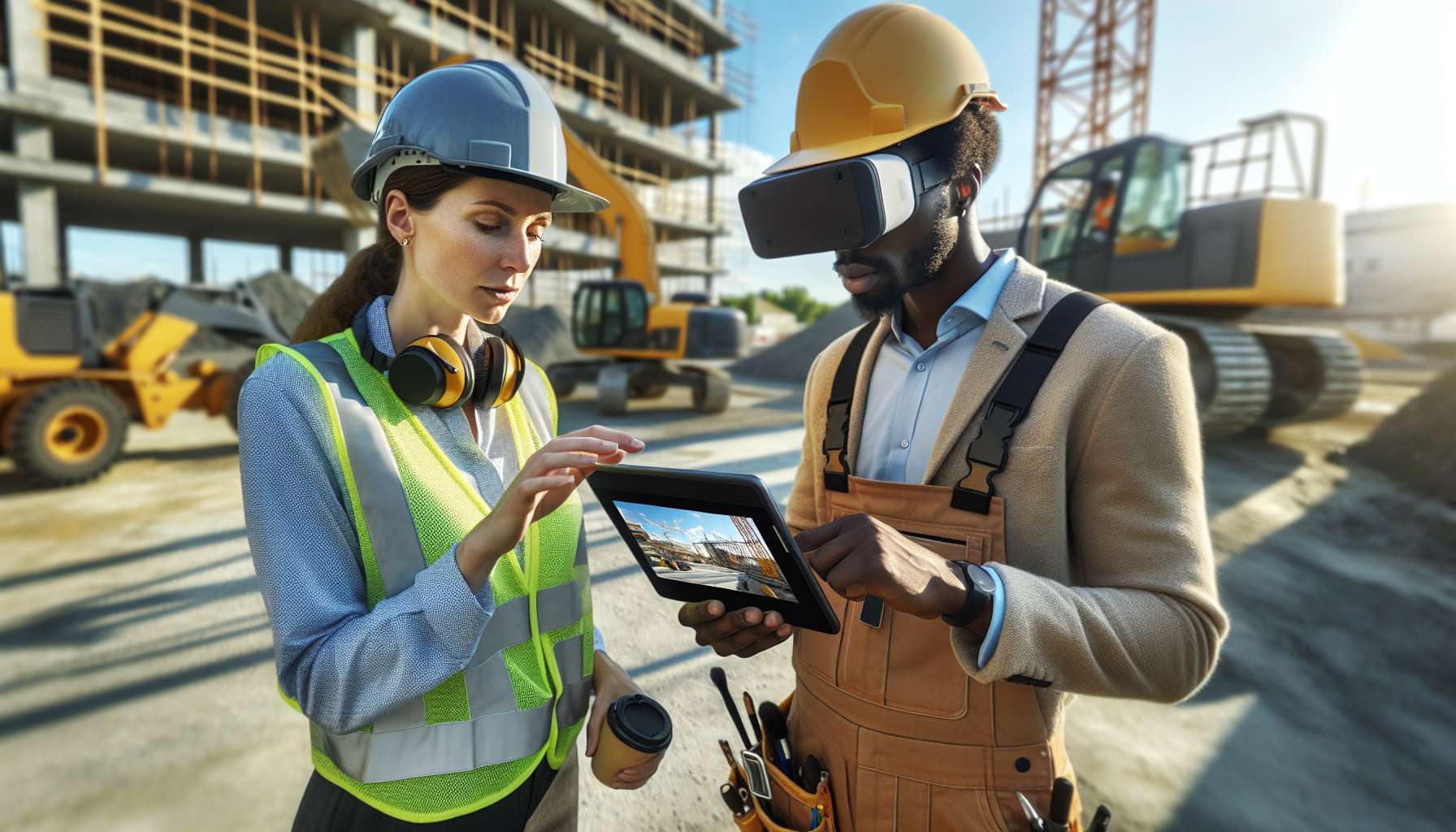Enhancing Construction Projects with AR Applications: A Comprehensive Guide
Augmented Reality (AR) has emerged as a game-changing technology in various industries, and the construction sector is no exception. By overlaying digital information onto the real world, AR applications offer immense potential to improve construction projects in terms of efficiency, accuracy, and safety. In this comprehensive guide, we will explore the benefits of AR in construction and how it can revolutionize the way we build.
1. Enhanced Visualization and Design
One of the key advantages of AR in construction is its ability to provide enhanced visualization and design capabilities. With AR applications, architects, engineers, and construction professionals can create virtual models of buildings and infrastructure, allowing stakeholders to visualize the final product before construction even begins. This not only helps in identifying design flaws and making necessary modifications but also enables better communication and collaboration among project teams.
2. Improved Project Planning and Management
AR applications offer valuable tools for project planning and management. By overlaying digital information onto physical spaces, construction teams can precisely plan the placement of equipment, machinery, and materials. This helps in optimizing workflows, reducing errors, and ensuring efficient use of resources. Additionally, AR can provide real-time updates on project progress, allowing project managers to monitor and track construction activities more effectively.
3. Enhanced On-Site Safety
Safety is a paramount concern in the construction industry, and AR can play a significant role in improving on-site safety. AR applications can provide workers with real-time safety instructions, hazard warnings, and virtual training modules. By overlaying safety information onto the physical environment, AR helps in reducing accidents, improving worker awareness, and ensuring compliance with safety protocols.
4. Streamlined Quality Control
AR applications can streamline the quality control process in construction projects. By using AR-enabled devices, inspectors can overlay digital models onto physical structures, allowing them to identify any discrepancies or defects. This enables early detection of issues, reduces rework, and ensures that construction meets the required quality standards. AR can also facilitate remote inspections, saving time and resources.
5. Efficient Maintenance and Facility Management
AR applications can be invaluable in the maintenance and facility management phase of construction projects. By overlaying digital information onto physical assets, such as equipment or infrastructure, maintenance teams can access real-time data, maintenance instructions, and troubleshooting guides. This helps in improving maintenance efficiency, reducing downtime, and extending the lifespan of assets.
6. Cost and Time Savings
AR applications have the potential to save both time and money in construction projects. By enabling better planning, reducing errors, and improving collaboration, AR can help in minimizing project delays and cost overruns. Additionally, AR can facilitate remote collaboration and decision-making, eliminating the need for travel and saving valuable time and resources.
7. Future Possibilities
The future of AR in construction looks promising. As the technology continues to evolve, we can expect even more advanced applications, such as real-time progress tracking, augmented worker assistance, and predictive analytics. With the integration of Artificial Intelligence (AI), AR can become an indispensable tool for construction professionals, revolutionizing the industry and unlocking new possibilities.
In conclusion, AR applications have the potential to significantly improve construction projects by enhancing visualization and design, improving project planning and management, enhancing on-site safety, streamlining quality control, enabling efficient maintenance and facility management, and saving costs and time. As the construction industry embraces this transformative technology, the possibilities for innovation and improvement are endless. By leveraging AR, construction professionals can unlock new levels of efficiency, accuracy, and productivity, ultimately leading to better outcomes for their projects.





